Is there a cognitive difference between reading on paper and reading on an electronic device? There has been much suspicion based on reader experience that it does make a difference. Now, a study from Japan earlier this year confirms that belief. It is good news for those who prefer that traditional printed book to the electronic, digital one.
What had earlier been recognized is that people reading on electronic devices tend to skip around, skim more than engage in what is known as deep reading. Perhaps that is what you are doing now, ever ready to move on to something else (presumably more interesting). Those who read books are more likely to stay focused on the material, engaging in “deep reading.”
Why does this matter? The answer is that deep reading results in greater understanding and memory. To put it another way, you learn more. Electronic media often reflect this more shallow sort of reading. Think of Twitter, with its character limitations, or Facebook with its usually brief posts. Instagram and TikTok have mostly done away with writing entirely, but certainly provide further examples of the short attention span appeal of electronic media. Compare this to a novel or work of nonfiction. Which vehicle requires more thought?
This jumping around is referred to as “non-linear reading,” for obvious reasons. This is the opposite of deep reading which requires focus and attention. Non-linear reading generates more brain activity, though that should not be confused for deeper thought. It's more a case of skipping around as we are more likely to do when reading on a computer or mobile device. Why, then, do we read this way on digital devices?
There is more distraction on these devices. There tends to be more surrounding activity, easy diversion to look at something else. It's easier to skip forward and back, or sideways to something else. Some have speculated that the blue light emitted by these devices can result in greater brain activity though this is unproven.
A group of scholars from the Department of Physiology at the Showa University School of Medicine in Tokyo recently issued a report in Scientific Reports at the conclusion of a study on the subject to try to explain the phenomenon. They have noted the correlation between brain overactivity and nonlinear reading. What they examined next was the relationship between breathing and brain overactivity. What they discovered is that those who read from paper “sigh” more than those who read off an electric device. By “sigh” they don't so much mean that sound but when you stop for a moment and take a very deep breath. As they explain, “We found that, compared to reading on a paper medium, reading on a smartphone elicits fewer sighs, promotes brain overactivity in the prefrontal cortex, and results in reduced comprehension.” Sigh.
Explaining in a bit more detail, the authors say, “[O]veractivity in the prefrontal cortex suggests that the brain was under heavy cognitive load. Regarding reading on a paper medium, moderate cognitive load may have generated sighing (or deep breaths), which appear to restore increased respiratory variability and control of prefrontal brain activity. In contrast, when reading on smartphones, intense cognitive load may have inhibited sigh generation, causing overactivity in the prefrontal cortex.”
Of course, this causal explanation is more theory than proof. However, you may have noticed that those deep breaths do slow you down a bit and perhaps that does the same for brain overactivity. Not explained is why reading on paper elicits more of this than reading on an electronic device. That remains to be better understood. What is important is that it further establishes the relationship between reading on paper and deep, linear reading, as well as that between reading on an electronic device and increased brain activity along with nonlinear, less focused reading. This is important because deeper reading results in greater comprehension and memory. The concern is that if children do all or most of their reading on electronic devices, they will never learn how to deep read or gain as much of an education.
Last month, we wrote about student protests at San Angelo University in Texas concerning the library replacing too many of their physical books with digital ones. They spoke about things like preferring paper books for research but without a clear explanation of why they are superior. Maybe those students were onto something after all, even if they couldn't quite put their finger on the reason why. Now we know. Long live the printed book!


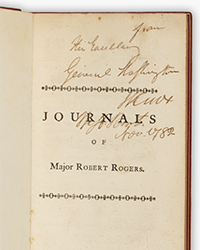
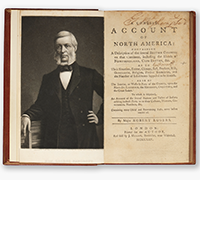
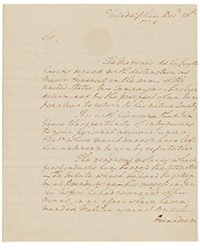

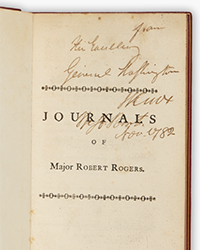

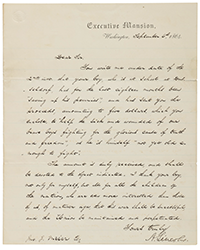
![<b>Sotheby’s, Jan. 27:</b> [World War II]. An archive of maps and files documenting the allied campaign in Europe, from the early stages of planning for D-Day and Operation Overlord, to Germany’s surrender. $200,000 to $300,000. <b>Sotheby’s, Jan. 27:</b> [World War II]. An archive of maps and files documenting the allied campaign in Europe, from the early stages of planning for D-Day and Operation Overlord, to Germany’s surrender. $200,000 to $300,000.](https://ae-files.s3.amazonaws.com/AdvertisementPhotos/9d2762bc-9f26-47ef-96de-1c28070e19f6.png)